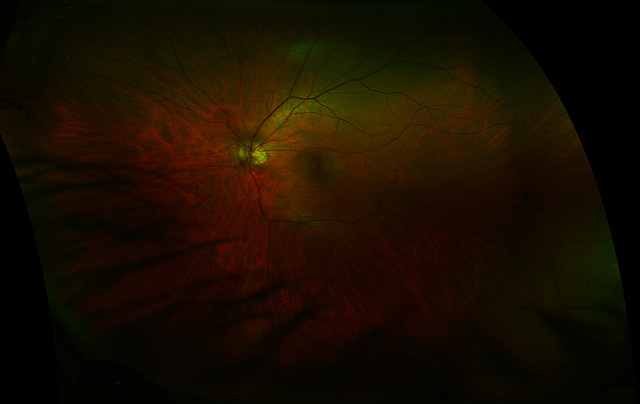
A retinal migraine is a specific classification of migraine headaches that differ from the classic and well-known types of headaches. The symptoms that occur before or during the headache differ slightly from the classic migraine symptoms. As a result, it is easy to assume that the problem is not a migraine and put off seeking appropriate treatment.
The factors that help doctors determine if you have retinal migraines or a different type of headache is the monocular visual disturbances that you experience. The visual disturbances that occur typically take place in only one eye and may cause temporary vision loss or even blindness for a set period of time.
In most cases, the visual disturbances will occur before the classic headache symptoms, which set the migraine symptoms apart from other types of migraine headaches. When you experience the visual disturbances, it can help doctors properly diagnose the condition so that you can get the right type of treatment.
Monocular Visual Symptoms
Since it is the monocular visual symptoms that set retinal migraines, which are also called ocular migraines, apart, it is important to recognize what occurs when the symptoms arise.
In most cases, one of two visual disturbances will occur: scintillations or vision loss. In both situations, the symptoms are only seen in one eye at a time. The other eye will see as clearly as usual during that time period.
When you see twinkling spots or lights in one eye, it is called scintillations. Depending on the severity of the symptom, it may look like you have spots in your vision that is similar to looking into a light source and then suddenly looking away or it may look similar to seeing the world through a television that does not have a clear picture.
If you notice that your vision suddenly seems to have small dots or spots of light, then it may be a precursor to the classic migraine symptoms. Some individuals may get headaches around the same time that the visual disturbance occurs, but it is more common for the disturbance to occur first.
Although scintillations are a common sign of retinal migraines, partial or full vision loss is another possible symptom. In some cases, the vision may dull in one eye temporarily before the classic headache symptoms occur. Other individuals will have a complete loss of vision, or blindness in one eye, for a temporary period of time.
To classify the migraine as a retinal migraine, the visual disturbance can only occur in one eye and it should not last more than one hour. In most cases, the visual aspect of the migraine will pass within a few minutes.
Other Symptoms That May Occur
Although some cases of retinal migraines will pass with only visual disturbances, it is not uncommon for the classic symptoms of a migraine to occur.
Pain that lasts from four to 72 hours is a common symptom. In most cases, the pain will take place on one side of the head and will be moderate to severe. Pulsating pain in the head may occur, resulting in pain that gets worse and fades before getting worse again.
The headaches that occur will usually feel worse when you are physically active. It is generally a good idea to limit activity while the headache is occurring to keep the discomfort to a minimum.
Although painful headaches and the visual disturbances are the hallmark symptoms that you can expect, you may also feel nauseous or vomit as a result of the physical discomfort. Sensitivity to light is also a common symptom that occurs with most migraines.
Treatment Options
When you are suffering from retinal migraines, you may worry about migraine relief options that are available. Depending on the severity of your headaches and the situation, the best migraine help for your headaches may vary slightly.
For mild cases of retinal migraines or when you have limited pain, taking over-the-counter nonsteroidal anti-inflammatory medications, like Aspirin, may be appropriate. The medication is designed to help relieve the pain and discomfort of headaches, which allow you to move forward with your activities.
Although an over-the-counter medication may be appropriate for mild symptoms, it is usually best to seek medical attention if your headaches are moderate to severe. When your migraine symptoms are interfering with your daily activities, it is important to seek the advice of a medical doctor.
A medical doctor may prescribe an appropriate medication based on your symptoms and concerns. The best medications will depend on your current health, the symptoms and any other medications that you may be taking, so the exact treatment will vary.
Recognizing that your symptoms are related to migraines can help you find the right treatment solution. Although the best treatment will depend on your situation and needs, it is important to get help when your headaches are interfering with life.
Image Source: Wyscan

